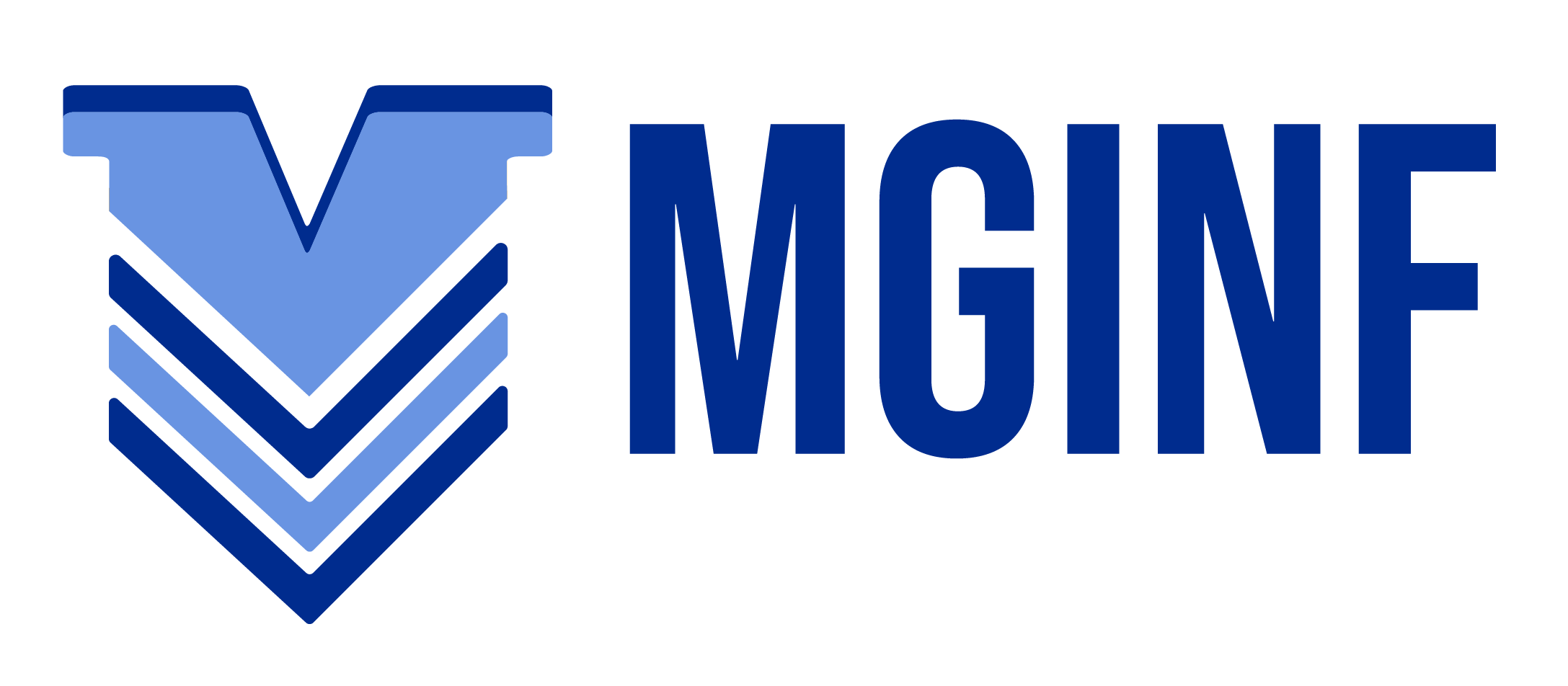Education serves as the cornerstone of societal progress and individual empowerment, shaping the future of nations and generations. When pondering which country has the best educational system, various factors come into play, ranging from academic performance and infrastructure to inclusivity and innovation. In this comprehensive guide, we delve into the educational landscapes of different countries, exploring their strengths, challenges, and approaches to fostering excellence in learning.
Understanding Educational Systems:
Defining Educational Excellence:
Educational excellence encompasses not only academic achievement but also holistic development, including critical thinking, creativity, and interpersonal skills. It goes beyond standardized test scores to embrace a multifaceted approach to learning and growth.
Factors Influencing Educational Systems:
Various factors, such as socio-economic disparities, cultural values, and government policies, shape the educational systems of different countries. Understanding these influences is crucial for assessing the strengths and challenges of each system.
Benchmarking Academic Performance:
International assessments such as the Programme for International Student Assessment (PISA) and Trends in International Mathematics and Science Study (TIMSS) provide valuable insights into the academic performance of students across countries, enabling benchmarking and comparison.
The Pursuit of Excellence:
Innovations in Teaching and Learning:
Innovative teaching methodologies, including technology integration, project-based learning, and experiential education, are transforming classrooms and enhancing student engagement and outcomes.
Teacher Training and Development:
Investing in teacher training and development is essential for maintaining high standards of education. Continuous professional development, mentorship programs, and opportunities for collaboration empower educators to excel in their roles.
Investment in Education:
Adequate funding and resource allocation are vital for building and maintaining robust educational systems. Governments, along with public-private partnerships, play a crucial role in ensuring equitable access to quality education for all.
Inclusivity and Accessibility:
Equitable Access to Education:
Ensuring equitable access to education is a fundamental principle of educational systems worldwide. Efforts to remove barriers and provide support for marginalized communities are essential for promoting inclusivity and diversity.
Supporting Marginalized Communities:
Tailored educational programs and support services are necessary for addressing the unique needs of marginalized communities, including minorities, indigenous populations, and refugees.
Cultural Perspectives on Education:
Cultural Impact on Learning:
Culture shapes the way individuals perceive and engage with education. Understanding cultural values and beliefs is crucial for designing educational practices that resonate with diverse student populations.
Global Trends in Education:
Education is increasingly globalized, with trends such as internationalization and cross-cultural exchange reshaping teaching and learning paradigms. Embracing global citizenship prepares students for the interconnected world of the 21st century.
Case Studies: Educational Models:
Finland: Pioneering Education Reform:
Finland’s education system is renowned for its student-centered approach, minimal standardized testing, and emphasis on teacher autonomy and professional development.
Singapore: Excellence through Efficiency:
Singapore’s education system prioritizes efficiency and meritocracy, with high-stakes testing and government intervention aimed at achieving academic excellence.
Canada: Embracing Diversity:
Canada’s inclusive policies and multiculturalism foster diversity and equity in education, with bilingual programs and support for indigenous and minority students.
Japan: Tradition and Innovation:
Japan’s education system blends tradition and innovation, emphasizing respect for educators, a rigorous curriculum, and a strong focus on STEM education.
Challenges and Opportunities:
Addressing Disparities in Education:
Achievement gaps and socio-economic inequality pose significant challenges to educational equity. Efforts to address disparities and promote equal opportunities for all students are essential for fostering inclusive societies.
Adapting to Technological Advances:
Technological advances are reshaping the educational landscape, offering opportunities for personalized learning, digital literacy, and innovative teaching methods. Embracing technology can enhance access to education and prepare students for the digital age.
Future Directions in Education:
Lifelong Learning:
In the era of rapid technological advancement and globalization, lifelong learning is essential for staying competitive in the workforce and adapting to evolving societal needs.
Personalized Education:
Tailoring education to individual needs and learning styles enables students to maximize their potential and pursue their passions and interests.
Preparing Students for the Fourth Industrial Revolution:
The Fourth Industrial Revolution, characterized by automation, artificial intelligence, and digitalization, requires a workforce equipped with critical thinking, problem-solving, and adaptability skills. Education systems must adapt to prepare students for the demands of the future.
